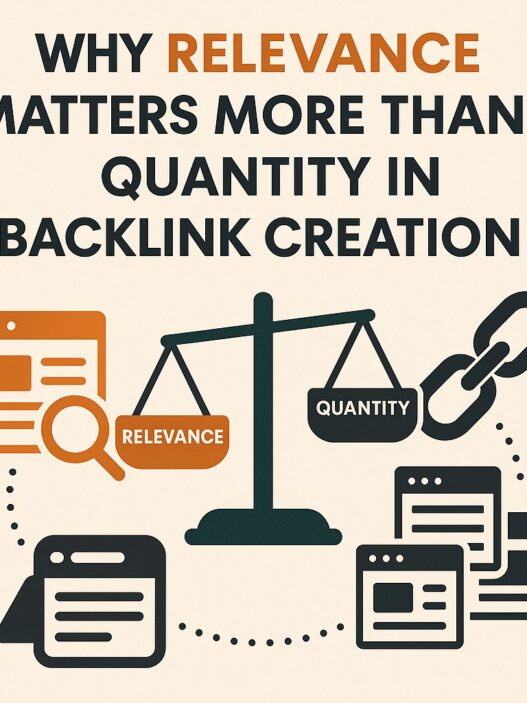Marketing managers and brand teams in Australia face an avalanche of digital content – from product photos and brochures to videos and social media graphics. Choosing the right digital asset management software Australia is key to taming this content chaos. DAM platforms act as a central library for all non-text media, automating the organization, search and distribution of assets.
In fact, industry reports value the Australian DAM market at about US$88.9 million in 2024, with a projected CAGR of ~17% to 2033. By implementing a DAM early, Australian businesses ensure quick access to approved images and videos, maintain brand consistency, and free teams from reinventing the wheel each campaign.
Table of Contents
What is Digital Asset Management?
Digital Asset Management (DAM) is software that stores and organizes all a company’s media assets (images, videos, audio files, design files, etc.) in one place. As Capterra notes, DAM “automates the management of images and other non-textual materials” and ensures optimal usage of an organization’s rich media (marketing images, videos, audio, etc.) across offices and teams.
In practice, a DAM becomes the “single source of truth” for branded content, so that marketers and designers can find, share and reuse approved assets easily. For example, when a new campaign is launched, the marketing team can retrieve the latest product images or logos from DAM without delay, avoiding costly duplicate photo shoots or errors. This centralized approach guards against the common problem that “what you can’t find, you can’t use”, and it supports version control (so every stakeholder uses the newest approved file).
Benefits for Marketing and Creative Teams
DAM delivers many concrete advantages for Australian enterprises and agencies. Key benefits include:
- Brand consistency: A DAM holds only approved assets, ensuring every use of a logo or product image matches the brand guidelines. As one analyst summary puts it, DAM ensures “optimal usage” of assets like advertising images, product photos and videos. All campaigns tap the same up-to-date content library, strengthening the brand identity across ads, websites and social channels.
- Efficient retrieval: Advanced metadata tagging and search make it fast to locate assets. Teams save hours that would otherwise be spent hunting through folders or inboxes. (In fact, one DAM expert emphasizes that if you lose track of files, they become unusable.) This speed is crucial during tight campaign timelines.
- Collaboration: Cloud DAM portals let internal teams and external partners (agencies, freelancers) work off the same asset pool. Marketers can securely share graphics or video clips with creative agencies via a portal, with access controls preventing unauthorized use. As an example, Queensland Health’s DAM manager noted that sharing assets between hospitals “brought us closer to a lot of our customers” and even led to a “community of mutually exchanging assets” across sites.
- Version control & compliance: Modern DAMs track asset history, so users grab the latest approved version. This avoids accidental use of outdated logos or tagged products. DAMs also help enforce licensing rules (e.g. expiring assets) and support regulatory compliance by logging who accessed which asset when.
- Analytics & ROI: Many systems report on asset usage (e.g. downloads, shares). Marketers can then see which images or videos drive engagement. Over time, this data helps refine content strategy. (For instance, 93% of marketers report video delivers a strong ROI, suggesting that a DAM’s video analytics can directly tie into marketing impact.)
- Scalability & security: As asset libraries grow, DAM systems scale accordingly (often on the cloud). They also offer enterprise-grade security: one study found 94% of businesses felt their security improved after moving media storage to the cloud. So Australian companies get both capacity and peace of mind.
The cumulative effect of these benefits is clear: faster campaign deployment, lower costs, and stronger brand control. A case in point is Medibank (Australia’s largest health insurer), which built a centralized DAM for marketing.
After implementation, Medibank reported that all approved brand assets are “stored in one place” and accessible to 200+ users, reducing approval bottlenecks and slashing admin work. In their words, the new DAM let them “get approved work out the door faster”.
Video Asset Management: Handling a Growing Video Library
With video content booming, dedicated video-asset management tools help organise thousands of clips. Video has become a dominant force in marketing: surveys show nearly 9 in 10 businesses use video in their strategy, and over 80% of marketers report that video content boosts sales.
To manage this surge of media, many organisations adopt specialized video asset management software. Unlike general DAM, these tools focus on the workflows around video files – uploading raw footage, creating derivatives, adding detailed metadata (like scene description, talent tags, keywords) and versioning.
Cloudinary explains that video asset management “facilitates the effective storage, easy search and organization, and multi-channel publishing of video files”. In practice, VAM systems let marketers quickly find the right video clip for a social ad, share it with an editing team, and then distribute final cuts across platforms (Facebook, YouTube, company site, etc.) without juggling disparate tools. This streamlines video production: brands no longer must recreate content from scratch for every campaign. Instead, they efficiently reuse and reformat existing footage – a big productivity win as video libraries grow.
Cloud-Based DAM Solutions
Cloud DAM interfaces often include flexible taxonomies (projects, asset types, etc.) so teams can categorize and filter assets easily. Modern DAM platforms are predominantly cloud-based. In other words, the asset library lives on remote servers, accessible via web interfaces. For Australian companies – many with distributed or hybrid teams – this brings huge advantages. Cloud DAMs support remote access from anywhere (allowing marketing teams in Sydney, Melbourne, or working from home to collaborate seamlessly).
They also eliminate hefty up-front hardware costs: most run on subscription models, so organisations pay only for used storage and features. MediaValet notes that with cloud DAM, firms save on capital expenditures and gain predictable operating costs.
Additional cloud perks include automated updates and maintenance handled by the provider, so IT teams can focus on strategy, not patching servers. Storage scales flexibly as your asset library expands – adding 100 GB or 10 TB is transparent, rather than requiring new on-prem hardware.
Many cloud DAMs now integrate AI features (auto-tagging, face or logo recognition) to speed asset cataloguing. Importantly, cloud vendors invest heavily in security and compliance, often meeting standards like ISO 27001 or SOC 2. As OpenAsset observes, cloud DAM security “often exceeds” that of traditional setups, with robust encryption, backups and recovery built in. Indeed, 94% of businesses in one survey reported better security after moving to cloud solutions.
Given these benefits, exploring cloud based dam solutions is a smart move. In practice, organizations report immediate gains: cloud DAMs come with powerful features out-of-the-box (integrated approval workflows, analytics dashboards, multi-device support) and allow marketing to run 24/7 worldwide.
For example, a Sydney-based creative agency noted that moving to a cloud DAM let remote designers and overseas partners access the asset library instantly, eliminating email back-and-forth. In short, cloud DAMs give Australian marketers the flexibility and security modern content workflows demand, without heavy IT overhead.
Adoption in Australia: Market Trends and Examples
DAM adoption in Australia spans industries – from government to retail. According to a recent market report, the Australian DAM sector is on the rise, projected to almost quintuple by 2033. Major brands and agencies are leading the way:
Healthcare & Government: Queensland Health uses a DAM for its state-wide hospitals. The Creative Team Lead there observed that the platform created “a nice community of mutually exchanging assets” among hospitals, as teams easily share posters, photos and videos of health campaigns. Likewise, Medibank’s marketing overhaul around DAM demonstrates the enterprise payoff (see above).
Even regional tourism bodies use DAM: local councils store approved scenic images in one repository so promotional campaigns stay on-brand and can be rolled out quickly.
Cultural Institutions: Even museums and galleries are investing in DAM. Sydney’s Powerhouse Museum (Australia’s largest museum group) recently selected a new DAM to manage its half-million objects as it undertakes a major digitization project arcitecta.com. Similarly, the National Gallery of Australia has digitized 98% of its 175,000-piece art collection into a DAM system. This protects fragile originals (by reducing physical handling) and lets the gallery share high-quality images online and on social media, greatly increasing public access hyland.com.
Retail and Brands: Many Aussie retailers and brands (especially in e-commerce) are adopting DAM. Global footwear brand ASICS, for example, centralized product imagery with a DAM (Adobe Experience Manager Assets) so that its global teams all use the same photos on websites and ads. In Australia, local companies in finance, education, and fast-moving consumer goods have similarly brought digital media in-house with DAM platforms to speed up multi-channel marketing.
Conclusion
For Australia’s IT and marketing decision-makers, DAM is no longer a nice-to-have – it’s critical infrastructure. By centralizing images, videos and creative files, DAM software saves teams time, cuts costs and enforces brand consistency. As global and local examples show, it boosts marketing agility: organizations can “get approved work out the door faster” by eliminating cumbersome file searches and email chains . Video asset management in particular is a must-have in today’s video-first campaigns, and cloud-based solutions ensure teams can collaborate flexibly from Sydney to Singapore.
In short, the right DAM – whether deployed on-premise or (increasingly) in the cloud – empowers Australian businesses to manage growing digital assets efficiently. With the local DAM market surging and enterprises already seeing gains in speed and security, investing in these solutions now is a smart move. Digital asset management helps brands focus on creativity and growth, not chaos – a message that resonates across Australia’s dynamic marketing landscape.











